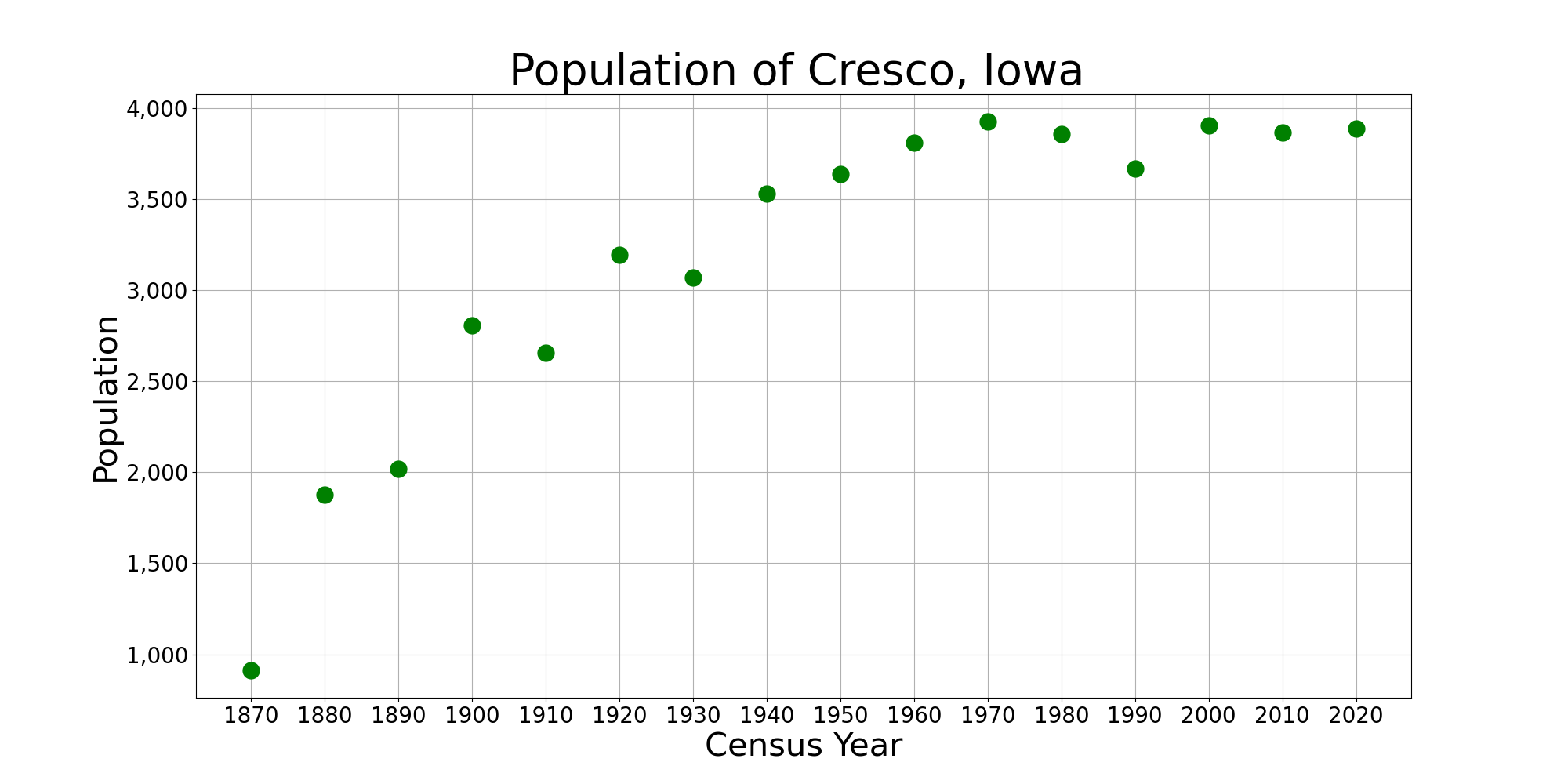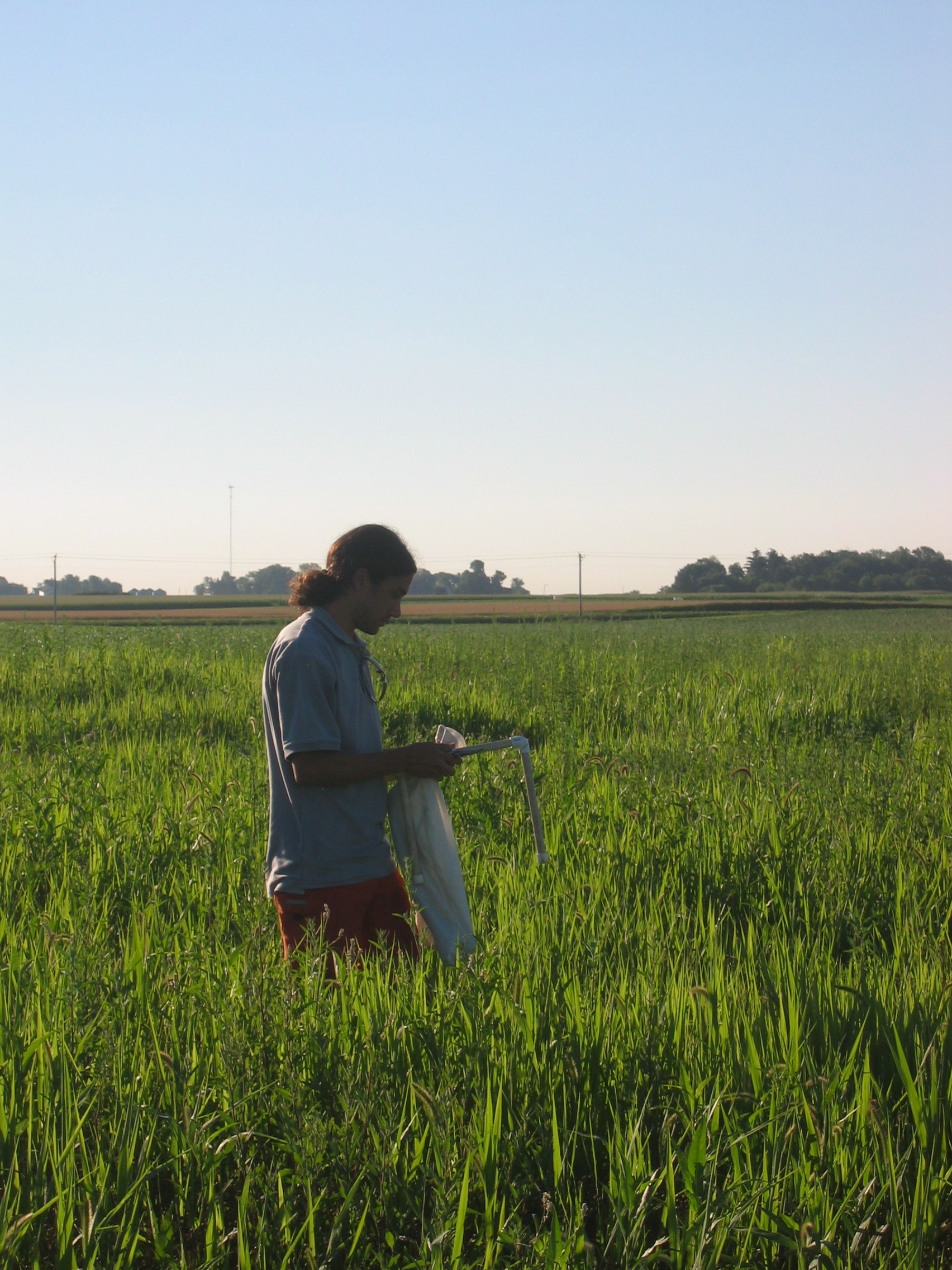|
Borlaug
Norman Ernest Borlaug (; March 25, 1914September 12, 2009) was an American agronomist who led initiatives worldwide that contributed to the extensive increases in agricultural production termed the Green Revolution. Borlaug was awarded multiple honors for his work, including the Nobel Peace Prize, the Presidential Medal of Freedom and the Congressional Gold Medal. Borlaug received his B.S. in forestry in 1937 and Ph.D. in plant pathology and genetics from the University of Minnesota in 1942. He took up an agricultural research position with CIMMYT in Mexico, where he developed semi-dwarf, high- yield, disease-resistant wheat varieties. During the mid-20th century, Borlaug led the introduction of these high-yielding varieties combined with modern agricultural production techniques to Mexico, Pakistan, and India. As a result, Mexico became a net exporter of wheat by 1963. Between 1965 and 1970, wheat yields nearly doubled in Pakistan and India, greatly improving the food security ... [...More Info...] [...Related Items...] OR: [Wikipedia] [Google] [Baidu] |
World Food Prize
The World Food Prize is an international award recognizing the achievements of individuals who have advanced human development by improving the quality, quantity, or availability of food in the world. Conceived by Nobel Peace Prize laureate Norman Borlaug and established in 1986 through the support of General Foods, the prize is envisioned and promoted as the Nobel or the highest honors in the field of food and agriculture. It is now administered by the World Food Prize Foundation with support from numerous sponsors. Since 1987, the prize has been awarded annually to recognize contributions in any field involved in the world food supply, such as animal science, aquaculture, soil science, water conservation, nutrition, health, plant science, seed science, plant pathology, crop protection, food technology, food safety, policy, research, infrastructure, emergency relief, and poverty alleviation and hunger. Laureates are honored and officially awarded their prize in Des Moines, Iow ... [...More Info...] [...Related Items...] OR: [Wikipedia] [Google] [Baidu] |
Green Revolution
The Green Revolution, also known as the Third Agricultural Revolution, was a period of technology transfer initiatives that saw greatly increased crop yields and agricultural production. These changes in agriculture began in developed countries after World War II and spread globally till the late 1980s. In the late 1960s, farmers began incorporating new technologies such as high-yielding varieties of cereals, particularly dwarf wheat and rice, and the widespread use of chemical fertilizers, pesticides, and controlled irrigation. Agriculture also saw the adoption of newer methods of cultivation, including mechanization. These changes were often implemented as a package of practices meant to replace traditional agricultural technology. Both the Ford Foundation and the Rockefeller Foundation were heavily involved in its initial development in Mexico. One key leader was agricultural scientist Norman Borlaug, the "Father of the Green Revolution", who received the Nobel Peace P ... [...More Info...] [...Related Items...] OR: [Wikipedia] [Google] [Baidu] |
CIMMYT
The International Maize and Wheat Improvement Center (known - even in English - by its Spanish acronym CIMMYT for ''Centro Internacional de Mejoramiento de Maíz y Trigo'') is a non-profit research-for-development organization that develops improved varieties of wheat and maize with the aim of contributing to food security, and innovates agricultural practices to help boost production, prevent crop disease and improve smallholder farmers' livelihoods. CIMMYT is one of the 15 CGIAR centers. CIMMYT is known for hosting the world's largest maize and wheat genebank at its headquarters in Mexico. CIMMYT's ninth director general, Bram Govaerts, replaced Martin Kropff in 2021. Other notable scientists like Thomas Lumpkin have served as director general of CIMMYT. Origins The first steps toward the creation of CIMMYT were taken in 1943 when cooperative efforts of the Mexican government and the Rockefeller Foundation led to the founding of the Office of Special Studies, an organiza ... [...More Info...] [...Related Items...] OR: [Wikipedia] [Google] [Baidu] |
International Maize And Wheat Improvement Center
The International Maize and Wheat Improvement Center (known - even in English - by its Spanish acronym CIMMYT for ''Centro Internacional de Mejoramiento de Maíz y Trigo'') is a non-profit research-for-development organization that develops improved varieties of wheat and maize with the aim of contributing to food security, and innovates agricultural practices to help boost production, prevent crop disease and improve smallholder farmers' livelihoods. CIMMYT is one of the 15 CGIAR centers. CIMMYT is known for hosting the world's largest maize and wheat genebank at its headquarters in Mexico. CIMMYT's ninth director general, Bram Govaerts, replaced Martin Kropff in 2021. Other notable scientists like Thomas Lumpkin have served as director general of CIMMYT. Origins The first steps toward the creation of CIMMYT were taken in 1943 when cooperative efforts of the Mexican government and the Rockefeller Foundation led to the founding of the Office of Special Studies, an organiz ... [...More Info...] [...Related Items...] OR: [Wikipedia] [Google] [Baidu] |
University Of Minnesota
The University of Minnesota, formally the University of Minnesota, Twin Cities, (UMN Twin Cities, the U of M, or Minnesota) is a public land-grant research university in the Twin Cities of Minneapolis and Saint Paul, Minnesota, United States. The Twin Cities campus comprises locations in Minneapolis and Falcon Heights, a suburb of St. Paul, approximately apart. The Twin Cities campus is the oldest and largest in the University of Minnesota system and has the ninth-largest main campus student body in the United States, with 52,376 students at the start of the 2021–22 academic year. It is the flagship institution of the University of Minnesota System, and is organized into 19 colleges, schools, and other major academic units. The Minnesota Territorial Legislature drafted a charter for the U of M as a territorial university in 1851, seven years before Minnesota became a state. Today, the university is classified among "R1: Doctoral Universities – Very high research acti ... [...More Info...] [...Related Items...] OR: [Wikipedia] [Google] [Baidu] |
Cresco, Iowa
Cresco is a city in Howard County, Iowa, United States. The population was 3,888 in the 2020 United States Census, 2020 census, a decline from 3,905 in 2000 United States Census, 2000 census. It is the county seat of Howard County, Iowa, Howard County. History Cresco was platted in 1866 at the time the railroad was expanding into the area. Cresco is a Latin phrase meaning "I grow". Cresco was incorporated on June 6, 1868. On October 20, 1980, ''The David Letterman Show'' was broadcast from Cresco, the winner in a competition to host the show. Geography Cresco's longitude and latitude coordinates in decimal form are 43.374491, −92.115121. According to the United States Census Bureau, the city has a total area of , all of it land. Climate Cresco experiences a humid continental climate (Köppen climate classification, Köppen ''Dfb'') with long, cold, snowy winters and very warm, humid summers. Demographics 2010 census As of the census of 2010, there were 3,868 people, 1,66 ... [...More Info...] [...Related Items...] OR: [Wikipedia] [Google] [Baidu] |
Wheat
Wheat is a grass widely cultivated for its seed, a cereal grain that is a worldwide staple food. The many species of wheat together make up the genus ''Triticum'' ; the most widely grown is common wheat (''T. aestivum''). The archaeological record suggests that wheat was first cultivated in the regions of the Fertile Crescent around 9600 BCE. Botanically, the wheat kernel is a type of fruit called a caryopsis. Wheat is grown on more land area than any other food crop (, 2014). World trade in wheat is greater than for all other crops combined. In 2020, world production of wheat was , making it the second most-produced cereal after maize. Since 1960, world production of wheat and other grain crops has tripled and is expected to grow further through the middle of the 21st century. Global demand for wheat is increasing due to the unique viscoelastic and adhesive properties of gluten proteins, which facilitate the production of processed foods, whose consumption is inc ... [...More Info...] [...Related Items...] OR: [Wikipedia] [Google] [Baidu] |
Public Welfare Medal
The Public Welfare Medal is awarded by the U.S. National Academy of Sciences "in recognition of distinguished contributions in the application of science to the public welfare." It is the most prestigious honor conferred by the academy. First awarded in 1914, the medal has been awarded annually since 1976. List of recipients Source NAS* John P. Holdren (2022) "For his many years of work on behalf of science, particularly in his role as science advisor to former President Barack Obama from 2009 to 2017. Making Holdren the longest serving presidential science advisor since World War II." * Anthony S. Fauci (2021) For "decades-long leadership in combatting emerging infectious diseases, from the AIDS crisis to the COVID-19 pandemic, and being a clear, consistent, and trusted voice in public health.” * Kathleen Hall Jamieson (2020) "For her non-partisan crusade to ensure the integrity of facts in public discourse and development of the science of scientific communication to promote ... [...More Info...] [...Related Items...] OR: [Wikipedia] [Google] [Baidu] |
Vannevar Bush Award
The National Science Board established the Vannevar Bush Award ( ) in 1980 to honor Vannevar Bush's unique contributions to public service. The annual award recognizes an individual who, through public service activities in science and technology, has made an outstanding "contribution toward the welfare of mankind and the Nation." The recipient of the award receives a bronze medal struck in the memory of Dr. Bush. Vannevar Bush (1890–1974) was a prominent scientist, adviser to US presidents, and the force behind the establishment of the National Science Foundation. In 1945, at the request of President Franklin D. Roosevelt, he wrote a famous essay entitled ''Science, the Endless Frontier'' which recommended that a foundation be established by the United States Congress to serve as a focal point for the USA Federal Government's support and encouragement of research and education in science and technology as well as the development of a national science policy. The legislatio ... [...More Info...] [...Related Items...] OR: [Wikipedia] [Google] [Baidu] |
Texas A&M University
Texas A&M University (Texas A&M, A&M, or TAMU) is a public, land-grant, research university in College Station, Texas. It was founded in 1876 and became the flagship institution of the Texas A&M University System in 1948. As of late 2021, Texas A&M has the largest student body in the United States, and is the only university in Texas to hold simultaneous designations as a land, sea, and space grant institution. In 2001, it was inducted into the Association of American Universities. The university's students, alumni, and sports teams are known as Aggies, and its athletes compete in eighteen varsity sports as a member of the Southeastern Conference. The university was the first public higher-education institution in Texas; it opened for classes on October 4, 1876, as the Agricultural and Mechanical College of Texas (A.M.C.) under the provisions of the 1862 Morrill Land-Grant Act. In the following decades, the college grew in size and scope, expanding to its largest enrol ... [...More Info...] [...Related Items...] OR: [Wikipedia] [Google] [Baidu] |
Bachelor Of Science
A Bachelor of Science (BS, BSc, SB, or ScB; from the Latin ') is a bachelor's degree awarded for programs that generally last three to five years. The first university to admit a student to the degree of Bachelor of Science was the University of London in 1860. In the United States, the Lawrence Scientific School first conferred the degree in 1851, followed by the University of Michigan in 1855. Nathaniel Southgate Shaler, who was Harvard's Dean of Sciences, wrote in a private letter that "the degree of Bachelor of Science came to be introduced into our system through the influence of Louis Agassiz, who had much to do in shaping the plans of this School." Whether Bachelor of Science or Bachelor of Arts degrees are awarded in particular subjects varies between universities. For example, an economics student may graduate as a Bachelor of Arts in one university but as a Bachelor of Science in another, and occasionally, both options are offered. Some universities follow the Oxfor ... [...More Info...] [...Related Items...] OR: [Wikipedia] [Google] [Baidu] |
Agronomist
An agriculturist, agriculturalist, agrologist, or agronomist (abbreviated as agr.), is a professional in the science, practice, and management of agriculture and agribusiness. It is a regulated profession in Canada, India, the Philippines, the United States, and the European Union. Other names used to designate the profession include agricultural scientist, agricultural manager, agricultural planner, agriculture researcher, or agriculture policy maker. The primary role of agriculturists are in leading agricultural projects and programs, usually in agribusiness planning or research for the benefit of farms, food, and agribusiness related organizations. Agriculturists usually are designated in the government as public agriculturists serving as agriculture policy makers or technical advisors for policy making. Agriculturists can also provide technical advice for farmers and farm workers such as in making crop calendars and work flows to optimize farm production, tracing agricul ... [...More Info...] [...Related Items...] OR: [Wikipedia] [Google] [Baidu] |








